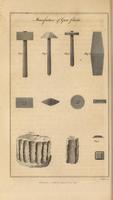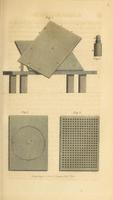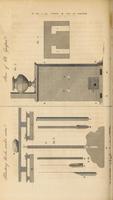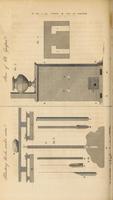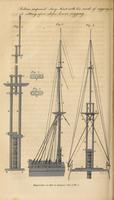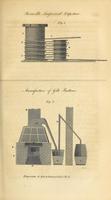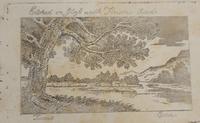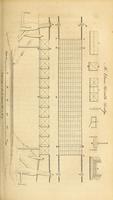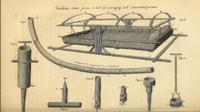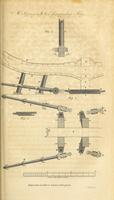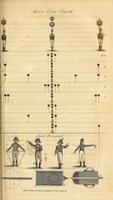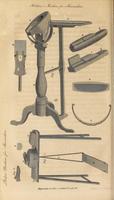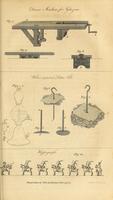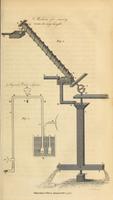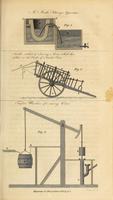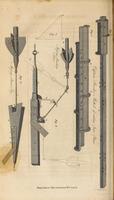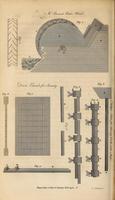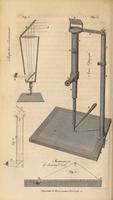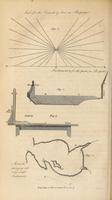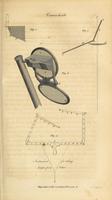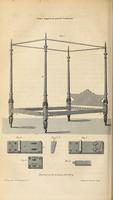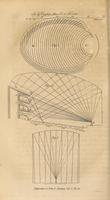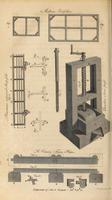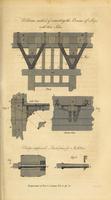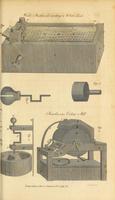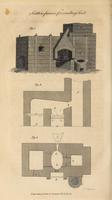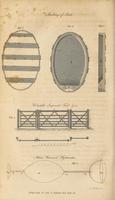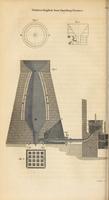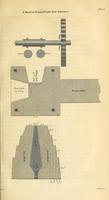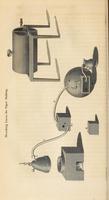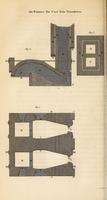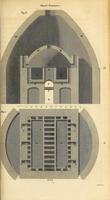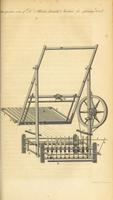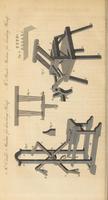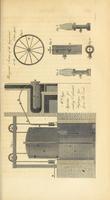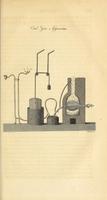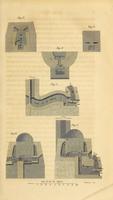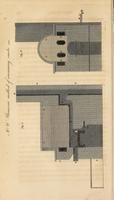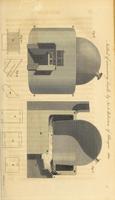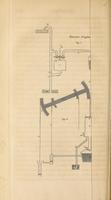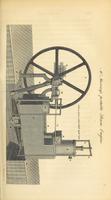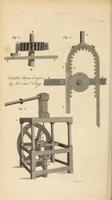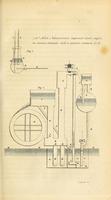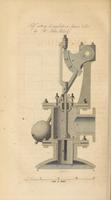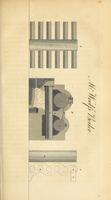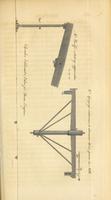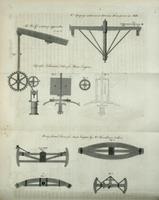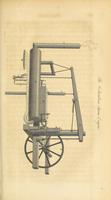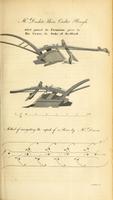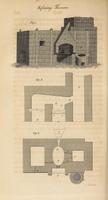Part 9. Emporium of Arts and Sciences
On 31 July 1790, the U. S. Patent and Trademark Office first issued a patent; see Anniversary. The new country was an exciting place for inventors—both American and British—and one of their leading publications during 1812-1814 was the Emporium of Arts and Sciences, for which the leading engraver was Cornelius Tiebout. The Emporium is in two series:First Series, monthly, from May 1812 to April 1813, volumes 1 and 2, edited by John Redman Coxe (1773-1864; see Wikipedia article about Coxe)New Series, bi-monthly, from June 1813 to October 1814, volumes 1-3, edited by Thomas Cooper (1759-1839; see Wikipedia article about Cooper)
Both series can by viewed online from the Smithsonian Institution. There are five volumes:
First Series:
Volume 1, 1812
Volume 2, 1813
New Series:
Volume 1, 1812
Volume 2, 1813
Volume 3, 1814
Lists of patents issued in the U.S. and England are of interest, as they represent many of the articles and engraved plates in Emporium. You can view these lists in Volume 1 of the first series:
American 1790-1791 pages 78-79 3 patents 1792-1794 pages 157-159 53 patents 1795-1797 pages 234-237 105 patents English 1796 pages 79-80 14 patents 1796 page 159 12 patents 1796 pages 237-238 19 patents
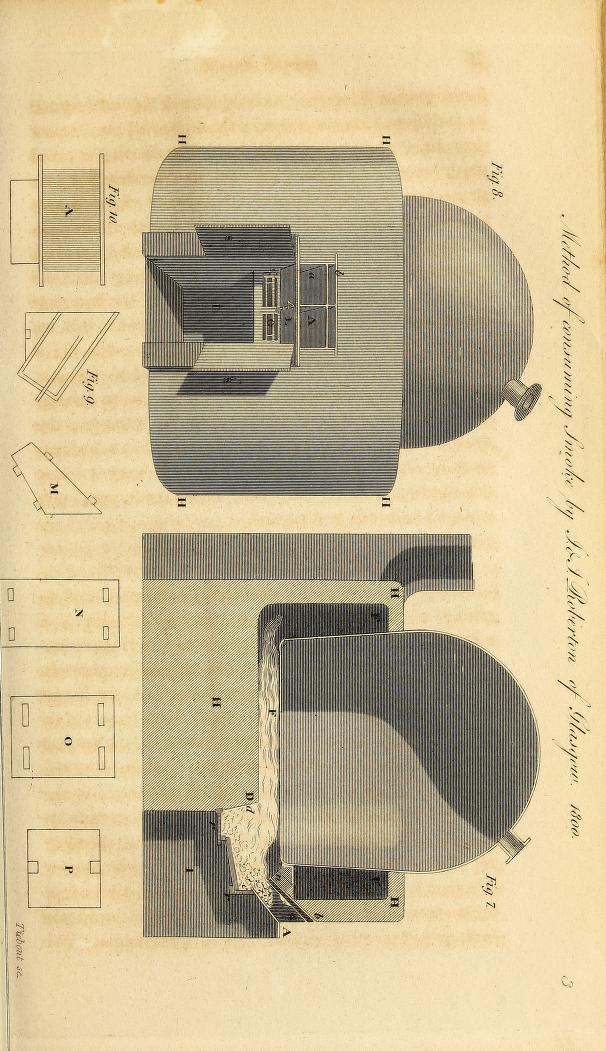
Cornelius Tiebout's engravings in Emporium are listed here in the order of appearance in the five volumes (with First Series first, followed by New Series) and in the carousel below. Many of the men whose names appear were British inventors represented in Wikipedia (e.g., Guyton, Bolton, Boswell):
| Issue | Title (if any) | |
|---|---|---|
| 1 | May 1812 | Manufacture of Gun Flints |
| 2 | May 1812 | (Moveable table for engravers; see note below) |
| 3 | June 1812 | Blasting Rocks under water |
| Stove of Cit. Guyton | ||
| 4 | June 1812 | Section of the Stove of Guyton |
| 5 | July 1812 | Bolton's improved Jury Mast with his mode of rigging… |
| 6 | July 1812 | Boswell's Improved Capstan |
| Manufacture of Gilt Buttons | ||
| 7 | July 1812 | Etched on Glass with Fluoric Acid (landscape; see note below) |
| 8 | August 1812 | Mr. Elmes' Portable Bridge |
| 8 | August 1812 | Crichton's elastic frame & bed for conveying sick & wounded persons |
| 10 | September 1812 | Mr. Seppings' Method of suspending Ships |
| 11 | September 1812 | Spencer's Camp Telegraph |
| Spratt's Homograph | ||
| 12 | October 1812 | Holdens' Machine for Shoemakers |
| Parker's Machine for Shoemakers | ||
| 13 | October 1812 | Davis' Machine for Glaziers |
| White's improved Letter File | ||
| Hippograph | ||
| End of vol. 1 of First Series. Next, vol. 2 of First Series | ||
| 14 | November 1812 | Machine for raising water to any height |
| Argand's Valve Siphon | ||
| 15 | November 1812 | Mr. Moult's Filtering Apparatus |
| Smith's method…horse…fallen…Shafts of a load Cart | ||
| Taylor's Machine for raising Water | ||
| 16 | December 1812 | Captain Brodie's Method of coating Iron Bars |
| Massey's Sounding Line | ||
| Massey's Patent Log | ||
| 17 | January 1813 | Mr. Besant's Water Wheel |
| Davis' Pannels for Security | ||
| Phillip's Tubes for driving Bolts into Ships | ||
| 18 | January 1813 | Perspective instrument |
| Jones' optigraph | ||
| Instrument for drawing ovals | ||
| 19 | January 1813 | Scale for the Vanishing lines in Perspective |
| Instrument to fix the points in Perspective | ||
| Morlock's surveying with very simple Instruments | ||
| 20 | February 1813 | Camera Lucidea |
| Instrument for making drawings from Nature | ||
| 21 | February 1813 | Coxe's improved patent bedstead |
| 22 | March 1813 | Sir G. Cayley's plan for a theatre |
| 23 | March 1813 | Malton's Portfolios |
| Plowman's Sheep-fold | ||
| Bowler's Screw press | ||
| Le Caan's Tram plates | ||
| 24 | March 1813 | William's method of connecting the Beams of Ships with their Sides |
| Varley's improved Linch pins for Axletrees | ||
| 25 | April 1813 | Ward's Machine for working in White Lead |
| Rawlinson's Colour Mill | ||
| 26 | April 1813 | Saddler's furnace for smelting lead |
| 27 | April 1813 | Smelting of Lead |
| Waistell's Improved Field Gate | ||
| Akins Universal Hydrometer | ||
| End of vol. 2 of First Series. Next: vol. 1 of New Series | ||
| 28 | June 1813 | Modern English Iron Smelting Furnace |
| 29 | June 1813 | A Modern Pennsylvania Iron Furnace |
| 30 | June 1813 | Bleaching Linen for Paper Making |
| 31 | August 1813 | Air Furnace for Cast Iron Foundries |
| 32 | August 1813 | Steel Furnace |
| 33 | October 1813 | Mr. Clegg's Apparatus for making Carbonated Hydrogen Gas from Pit Coal |
| Horizontal Section of the Gazometer at the bottom part | ||
| 34 | October 1813 | A perspective view of Dr. Allison's domestic Machine for spinning Wool |
| 35 | October 1813 | Mr. Cleall's Machine for thrashing Hemp |
| Mr. Bend's Machine for breaking Hemp | ||
| 36 | October 1813 | Coal Gas Apparatus (retort, tubes, furnace) |
| End of vol. 1 of New Series. Next: vol. 2 of New Series | ||
| 37 | December 1813 | (James Watt: views of furnaces used for boilers) |
| 38 | December 1813 | Mr. W. Thomson's method of consuming smoke 1796 |
| 39 | December 1813 | Method of consuming smoke by J. & J. Roberton of Glasgow 1800 |
| 40 | December 1813 | Steam Engines (Savary, Newcomen, Watt, Cartright) |
| 41 | December 1813 | Mr. Murray's Portable Steam Engine |
| 42 | February 1814 | Portable Steam Engine by Mr. Saml. Clegg |
| 43 | February 1814 | Mr. John Nancarrow's improved steam engine on Savary's principles |
| 44 | April 1814 | Self-acting & regulating Steam Valve by Mr. Arthur Woolf |
| 45 | April 1814 | Mr. Woolf's Boiler |
| 46 | April 1814 | Mr. Woolf's rotary apparatus |
| Mr. Gregory's contrivance to determine Horse power in Mills | ||
| Chevalier Edderantz's Valves for Steam Engines | ||
| 47 | February 1814 | The Columbian Steam Engine |
| End of vol. 2 of New Series. Next: vol. 3 of New Series | ||
| 48 | June 1814 | Mr. Ducket's skim coulter plough |
| 49 | June 1814 | Refining Furnace (= state 2 of Saddler's furnace, April 1813) |
Although Tiebout was the main engraver for Emporium, there were also others whose names occur together in a letter at the end of the article that accompanies Tiebout's earliest engraving in Emporium. The letter is introduced by a note from the editor, Dr. Coxe: "I am happy to have it in my power to confirm the value of the above paper, by the following testimonial of some of our best engravers." The letter, headed "Philadelphia, April 27, 1812", follows:
SIR, We have lately seen the plan of a Table invented by the Abbé Joseph Longhi, of Monza, for the use of Engravers, and upon examination of the same, we are of opinion that the invention is not only very ingenious, but also extremely well calculated for the purpose intended. We are, sir, yours, &c.,
[signed by]
GEO. MURRAY.
CORNs. TIEBOUT.
FRANCIS KEARNEY.
WILLIAM KNEASS.
D. EDWIN.
It appears that the etched glass plate described by the editor, Dr. Coxe, in vol. 1 (July 1812) was an experiment. He writes (p. 239) that "this engraving is not to be viewed with the eye of fastidious criticism; although in itself it is by no means an indifferent performance, yet its merit arises from its singularity." Coxe goes on to note that "The Editor is much indebted to the assistance of Mr. Tiebout whose excellence as an engraver is well known…", and that the first glass, etched by Tiebout, survived the production of more than 700 plates. A facsimile, used to produced the image in the carousel below, was prepared by another copperplate engraver, a Mr. Duffy.

